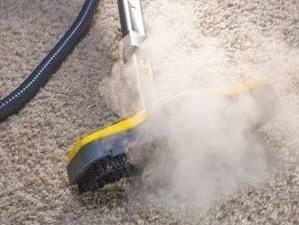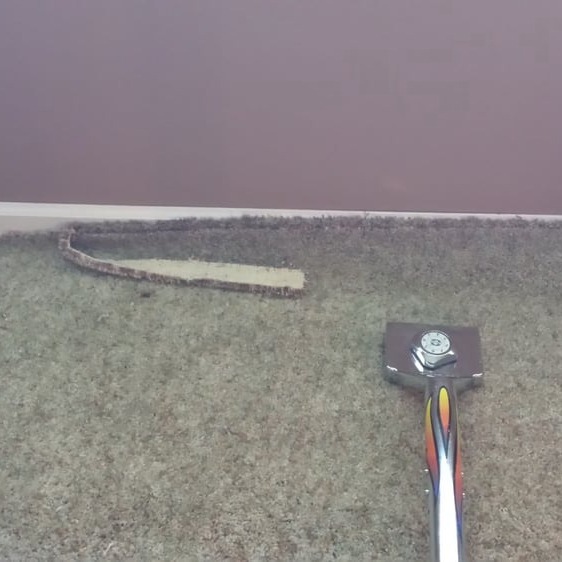Carpet Stretching Extends the Life of Your Carpet
You may be wondering why your carpet is forming swellings, mounds, or ripples. Aren't carpets supposed to be resilient and tough? When a carpet starts buckling in this way, you do not need to throw away the whole thing and get it replaced. After all, that can be expensive compared to carpet stretching -- a typical but basic and easy repair-- that's worth your time and money.
Why does a carpet buckle?
- High humidity: In hot, humid, or wet climates, water can permeate a carpet-- particularly if the carpet is old. As an outcome, the carpet expands while taking on wetness, and peels off the floor. This often takes place in the summer when there's an extreme temperature level change.
- Flooding: If water intrudes into your home, your carpet might get harmed beyond repair work. Flooding can not just trigger a carpet to warp its shape, but can also invite mildew to grow in between the underside of the carpet and the padding.
- Non-Acclimated Carpet: Before a carpet is set up, it ought to be left in the same shape for a short time. This permits the carpet to stretch or contract according to the indoor environment, so that it can be accurately stretched.
- Setting Up the Wrong Carpet Pad: So much depends on the underpad being the appropriate size and density to give the carpet support.
- Bad Carpet Installation: If a carpet hasn't been extended throughout the space to its optimum tightness, it shows by buckling quickly over time.
- Dragging heavy items across the carpet: When you drag heavy furniture across the carpet, you run the risk of detaching the carpet from the padding and tacks along the floor.
How Carpet Stretching Is Done
Knowing the common causes of carpet stretching, it is necessary to consider how to deal with the concern as soon as possible.
After all, carpet buckling is not just unattractive, however it likewise ends up being a security risk for you, your family, and guests.
The cost-benefit of having your carpet stretched is also better than replacing your carpet entirely. Particularly since carpet stretching is a quick and pain-free procedure. Here's how it works:
Step 1: Clear out the room.
Before an expert can begin on stretching your carpet, the furniture-- tables, bookshelves, TV stands, chairs, and so on-- need to be removed from the room. Depending upon which room you need to stretch your carpet, this can be a time consuming and tiresome procedure. Fortunately, many professionals will do the heavy lifting for you.
Step 2: Vacuum and deep clean the carpet.
After The furnishings are removed, the carpet then requires a good cleaning. An effective cleaning time takes about one full day of washing, shampooing, and drying. When all of the moisture is free from the carpet and it is returned to its dry form, then the carpet stretching can commence.
Step 3: Lift the carpet off its tacks.
After peeling the carpet back, the carpet lining on the opposite side of the wall needs to remained tacked down. Experts will then pull out tacks from the pad, together with their tack strips. They do this to fully expose the under pad.
Step 4: Replace with new tack strips
Specialists will then change out the tack strips with brand-new ones before putting the carpet back in its original place.
Step 5: Use a power stretcher and knee kicker
The power stretcher is the ace in the hole for carpet repair work professionals. It works by placing the device against the wall anchoring the carpet. Then, utilizing a lever to push the machine into the carpet, the power stretcher smooths the carpet and compresses it along the wall. For a comprehensive stretch, the knee kicker is used to smooth out the carpet for a finishing touch.
Step 6: Trim excess carpet edges with a knife
First, the edges of the carpet get pushed down and attached into the recently laid tack strip. When the carpet is completely secured to the tacks, repair people then remove the excess carpet by sliding a box-cutter along the edge for an exact and even trim, so that the carpet butts up against the wall seamlessly.
Call a Professional to Stretch Your Carpet Today!
Carpet stretching should absolutely be left as much as possible to experts. At Complete Interiors, we've earned our credibility in Rancho Cucamonga for quality service and repair work. Give us a call today!


 Add
Add 
 Add Row
Add Row





















Write A Comment